The Crucial Role of an Effective Check-in Process in Youth Programs and Day Camps
8 min read | Published October 23, 2023
The Crucial Role of an Effective Check-in Process in Youth Programs and Day Camps
8 min read | Published October 23, 2023

By DocNetwork

By DocNetwork

By DocNetwork
Introduction
The first day of any youth program or day camp is a pivotal moment. It’s the day when eager young participants and their parents or guardians arrive with excitement and anticipation. However, it’s also the day when the first impression of the organization is formed. A smooth and efficient check-in process can set the tone for a positive experience, while a challenging one can lead to various issues.
In this blog post, we’ll explore the critical importance of a well-structured check-in process for organizations that run youth programs, day camps, and other youth-serving activities. We’ll dive into the risks and impacts that organizations may face when they lack an organized check-in process, and we’ll discuss ways to mitigate these challenges.
Prioritizing Safety
Safety should always be the top priority when it comes to youth programs and day camps. A disorganized check-in process can pose safety hazards that may go unnoticed. For instance, if children are not properly checked in and supervised, there’s a higher risk of accidents, injuries, or even potential emergencies occurring.
Consider a scenario where a child arrives at a day camp, but due to a hectic check-in process, their allergies and medical conditions aren’t adequately communicated to the staff. In such a situation, the child’s health could be at risk, and the organization opens itself up to liability.
Ensuring Parental Confidence
Parents and guardians trust these programs with the expectation of safety and organization for their children. If the check-in process is chaotic or appears disorganized, it can raise concerns among parents. This loss of trust can have far-reaching consequences, including decreased enrollment and negative word-of-mouth.
Think about how parents might feel when they witness disorganization at the check-in desk. They might question whether their child will be properly cared for and supervised during the program. This concern can lead to parents reconsidering their decision to enroll their children in the program.
Participant Comfort and Engagement
The first day of a youth program or day camp can be nerve-wracking, especially for new or younger participants. A lengthy or disorganized check-in process can make them feel uncomfortable or anxious. This discomfort can affect their overall experience and their desire to return to the program.
A child’s first day at a new camp or program should be filled with excitement and anticipation, not stress and confusion. When the check-in process runs smoothly, participants can quickly transition into the activities, make new friends, and start building positive memories.

Reduced Program Time
Time is a precious resource in any youth program or day camp. When a large chunk of program time is spent on check-in, it can reduce the actual time available for educational or recreational activities. This not only affects the quality of the program but can also lead to dissatisfied participants.
Consider the missed opportunities for learning and engagement when check-in drags on for a long time. Participants may feel that they didn’t get to fully enjoy the program, leading to disappointment and potentially deterring them from coming back.
Administrative Burden
Challenging check-in processes can place a heavy administrative burden on staff. Instead of focusing on their primary responsibilities, they may find themselves overwhelmed with check-in-related tasks. This can lead to staff burnout, lower morale, and decreased overall effectiveness in managing the program.
Effective youth programs and day camps require dedicated and motivated staff members who can provide a nurturing and enriching environment for participants. A poorly managed check-in process can drain staff resources and energy, leaving them less capable of delivering the quality experience participants deserve.

Organizational Reputation
In today’s digital age, word of mouth travels faster than ever before. Participants and their families often share their experiences with friends and on social media. A difficult check-in process can lead to negative word-of-mouth publicity, potentially deterring future participants and harming the organization’s reputation.
Imagine a situation where a parent shares their frustrating check-in experience on social media. Their post may reach a wide audience and influence the decisions of other parents who were considering enrolling their children in the program. This negative feedback can be damaging and challenging to overcome.
Legal Liability
Poor check-in processes may expose the organization to legal liabilities. For example, if a child goes missing due to a flawed check-in system, the organization could face serious legal consequences. Ensuring the safety and security of all participants is not only a moral obligation but a legal one as well.
Legal battles can be costly and reputation-damaging, potentially leading to the closure of the organization or a significant financial burden. A smooth check-in process with robust security measures can help mitigate these risks.
Enrollment Challenges
An organization’s ability to attract new participants and retain existing ones can be compromised if word spreads about a poor check-in experience. This can impact enrollment numbers and revenue, making it harder for the organization to provide quality programs and be successful.
When parents hear about a difficult check-in process from other parents or through online reviews, they may think twice before enrolling their children in the program. This can lead to declining enrollment, financial challenges, and even the discontinuation of programs.

Information Integrity
A chaotic check-in process can result in missed opportunities to collect important information. Details like emergency contact information and medical details are vital for the safe and effective operation of the program.
Consider a scenario where a child has a severe allergy, but this information isn’t properly communicated due to the poor check-in process. In case of an emergency, missing this essential information can have serious consequences. A well-structured check-in process ensures that such critical details are accurately recorded and readily available when needed.
Conclusion
Overall, the check-in process for youth programs and day camps plays a pivotal role in ensuring the safety, satisfaction, and success of participants and their families. The risks and impacts of a difficult check-in process are far-reaching, affecting everything from safety and reputation to enrollment and legal liabilities.
Organizations that run youth programs must prioritize the development of efficient and well-structured check-in processes. By doing so, they not only enhance their reputation but also create a positive and memorable experience for participants, setting the stage for a successful and enriching program.
Let us show you why over
1,250 programs nationwide
choose CampDoc.
Schedule a Demo Today!









